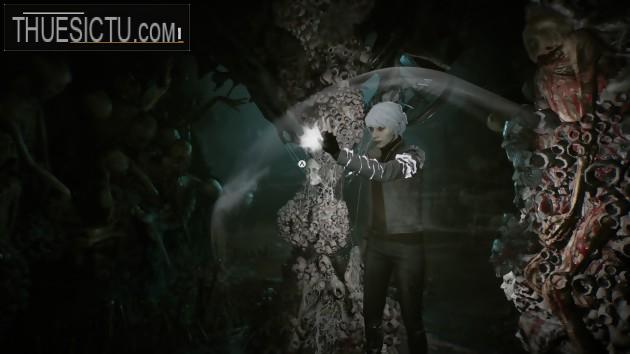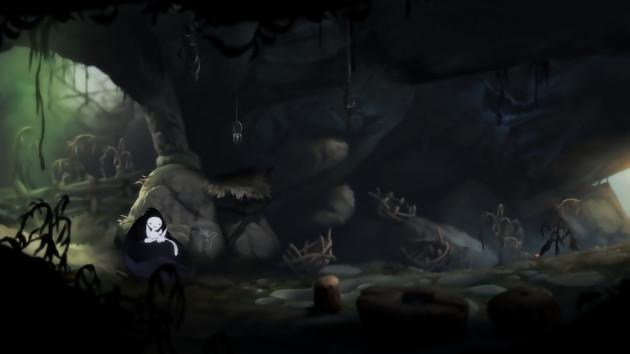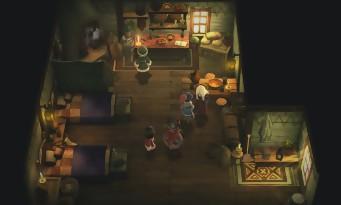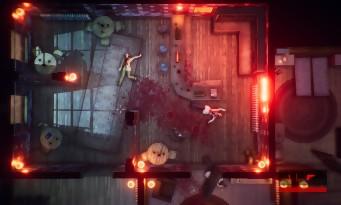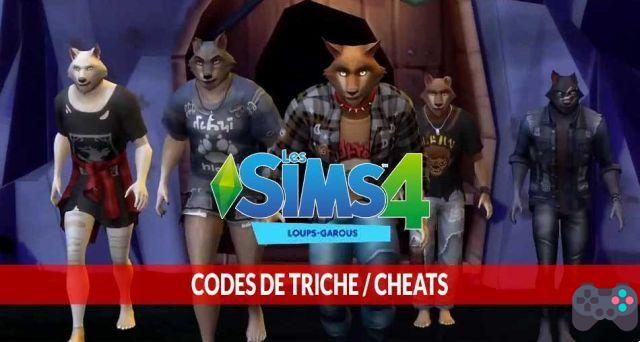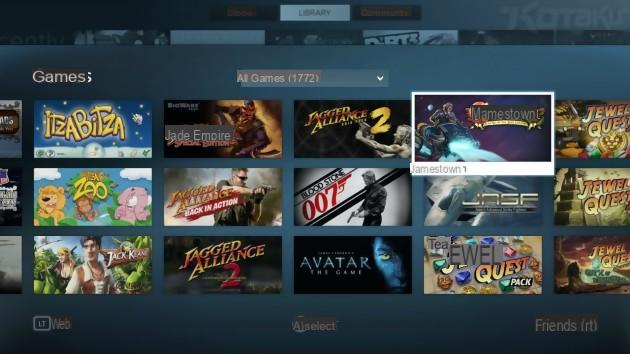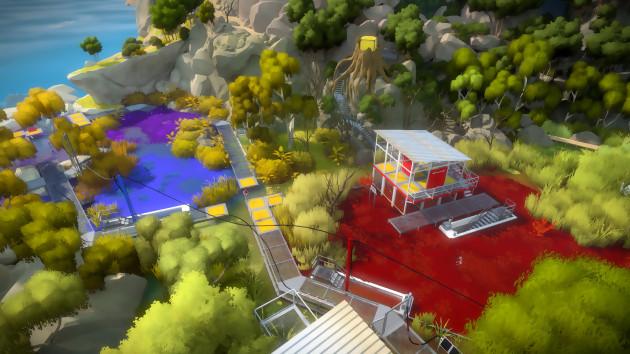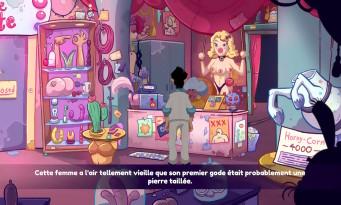Krakow, 1999. Marianne is about to bury her adoptive father, in rather special conditions. Not only did the deceased own a funeral home, above which the reduced family lived, but the heroine also happens to be a medium, capable of communicating with the dead in order to help them find eternal rest. The setting is ideal for introducing the player to the spirit world, during a last family goodbye. But a few moments later Marianne receives a phone call from a mysterious character, who urges her to go back to the Niwa station, a holiday center for workers closed since a real massacre took place there. End of the introductory sequence, place in the credits made up of black and white archive images! The air of nothing, these first minutes of play already give serious clues as to the success of the general atmosphere. We would even be tempted to speak of atmospheres in the plural because, as you will have understood, the adventure takes place both in the material world and the spiritual world.
This two-headed context allows developers to score points on both counts. The atmosphere of post-Cold War Poland is believable, well documented, and enhanced by a judicious use of dull tones, usually grays or blues. The artistic direction of the spirit world is inspired by the Polish artist Zdzisław Beksiński. She favors ocher and red tones, and distills her horrifying and fantastic character through sets made of disturbing faces, improbable tears, twilight vegetation but also tentacles, bones and other doors made of human skin. The contrast between the two worlds is reinforced by the use of "dual reality", a concept of which the developers are so proud that they have patented it, as recalled by a discreet legal message at the launch of the game.
TWO IN ONE
This system stems from Marianne's ability to evolve in both worlds simultaneously. Concretely, this translates into game phases displayed in split screen, horizontally or vertically depending on the case. The heroine's movements initiated by the player are reflected in both planes, knowing that an obstacle in one of the worlds is enough to block the "two" Mariannes. Therefore, we are regularly led to clear a passage on one side in order to free the path on the other. Opening a door in the real world, for example, will remove a force field in the spirit world. Conversely, overloading a generator with a spiritual wave in the afterlife can restart an elevator in the material world. This concept of "split screen" is very interesting from the point of view of staging. It reinforces the graphic aspect of the adventure, gives it a special cachet, and allows you to better understand what Marianne is going through. On the other hand, it really does not bring much from the point of view of gameplay, compared to a more traditional system which would make it possible to pass at will from one dimension to another. 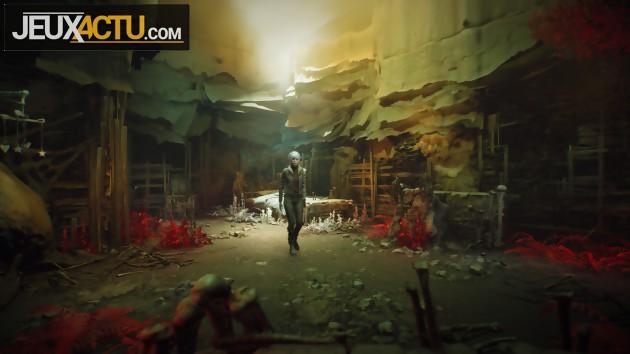
Moreover, by the developers' own admission, these bi-taste phases only represent a third of the game time, the rest of the adventure taking place either in one plane or in the other, sometimes with the possibility to initiate back and forth between the two by crossing a mirror. Let it be said once and for all, this dual reality is more of an asset in form than in substance! Fortunately, other game mechanics are available. Marianne can thus activate a special vision at any time, which allows her to distinguish certain hidden objects and mechanisms, or even to follow ghostly traces. The player is also asked to correctly orient certain objects in order to be able to feel their echo and thus trigger an audio memory. Same principle or almost for the points of memory, which ask us to reconstruct silhouettes by correctly orienting the stick of the controller.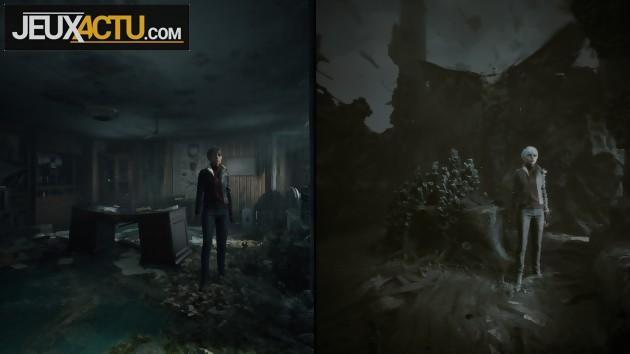
A HORROR CLASSIC
In the spiritual world it is also possible to trigger a shield to protect yourself from clouds of evil butterflies or, as mentioned above, to launch spiritual waves to activate certain mechanisms. In addition, during phases in double reality, Marianne can leave her body, in order to leave more freedom to the spiritual avatar, whose movements are then no longer correlated with those of the real body, which therefore makes it possible to overcome certain obstacles independently. The game also offers us some basic infiltration phases, where we have to play hide and seek with a monster while crouching and holding our breath. All these elements are welcome, but they ultimately form a very classic whole. As in many adventures, the player must find keys, get their hands on fuses, develop photos, guess a door code, turn valves and activate various mechanisms. As for the horrifying atmosphere, it also turns out to be quite conventional (unhealthy atmosphere, guttural voices, emaciated monsters, a few jumpscares but not too many...), even if it is not lacking in efficiency. Over the course of the adventure we end up being much more interested in the course of the scenario, which regularly grows, than in the gameplay which we have a little too quickly the impression of having gone around. .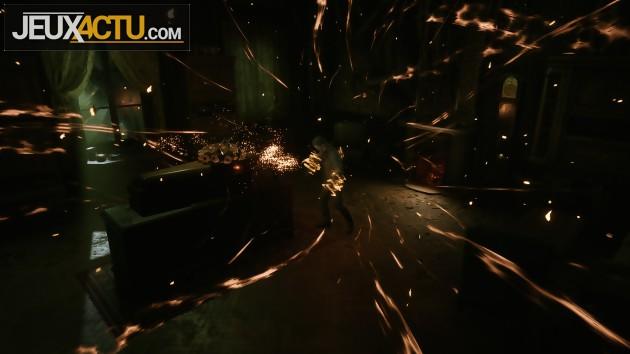
The game is carried by a very good VO, fully customizable French subtitles (size, thickness, background, display or not of the names of the characters...), and modern graphics, which do not hesitate to use raytracing and HDR. On the other hand, some animations seem a little too rigid, whether in game or during cutscenes. Finally, the game's biggest technical issue concerns the cameras. The Medium indeed uses a lot of old-fashioned semi-fixed shots, like Alone in the Dark or the first Resident Evil. With all the problems this causes: cognitive dissonance between the player and the avatar who do not see the same thing, changes in direction of the controls which disturb the orientation when the camera suddenly switches from one plane to another, feeling of not really controlling the action, etc. A modern third-person camera would have been significantly more immersive. Let's end with a word on the lifespan: it is only eight hours, which is obviously too little, even if it is tempting to repeat the adventure a second time once you have all the keys. of the script in hand, in order to appreciate it differently.